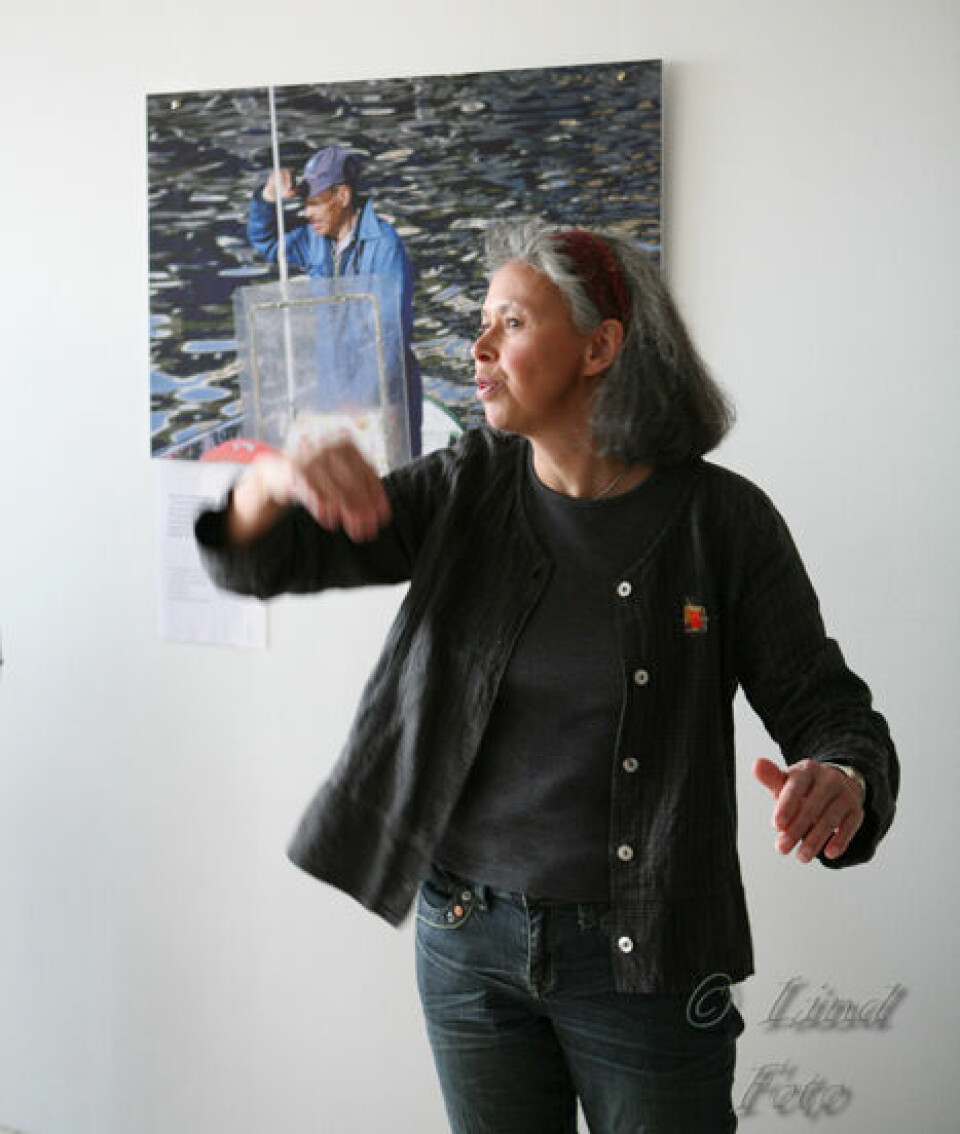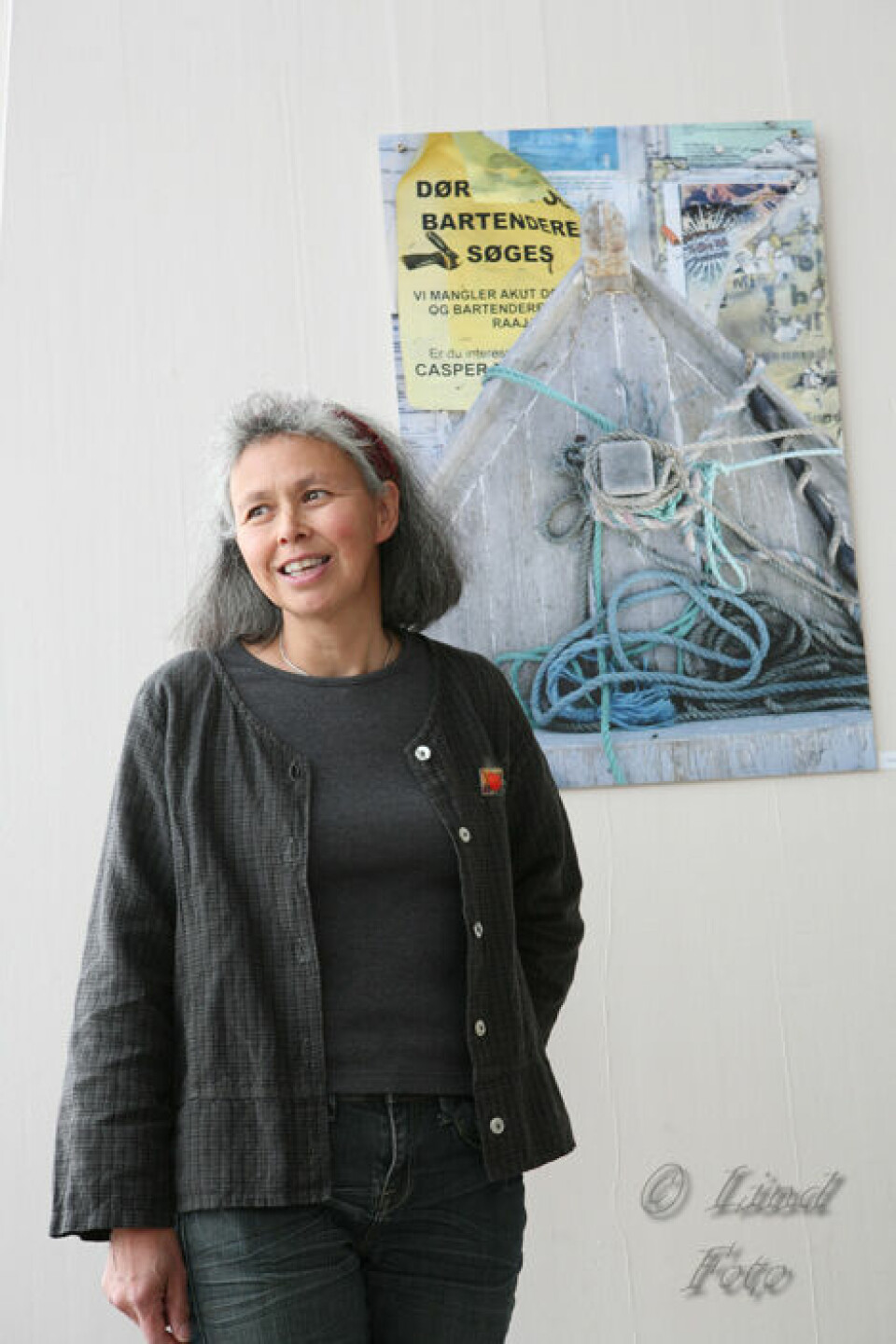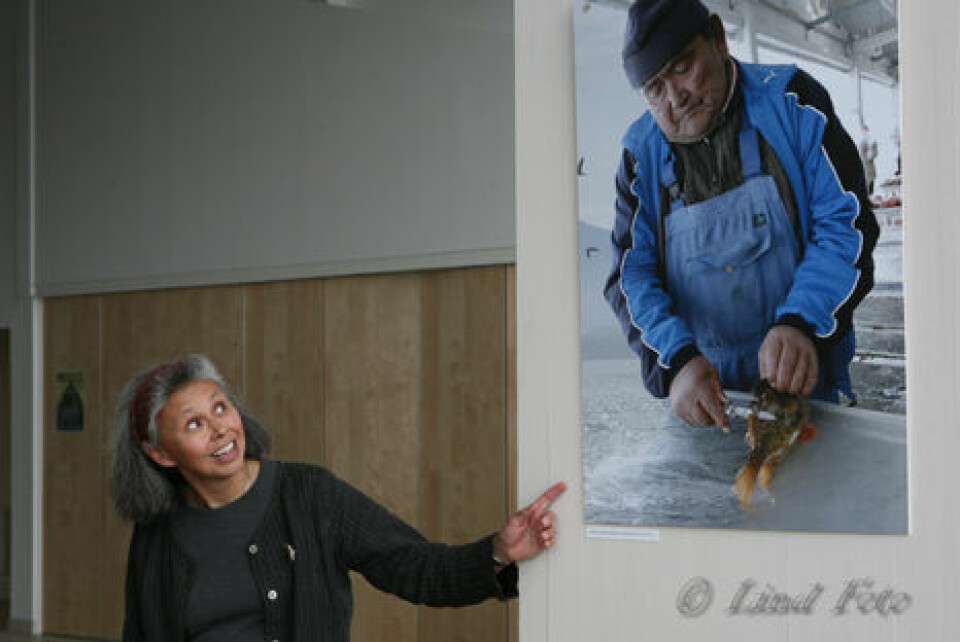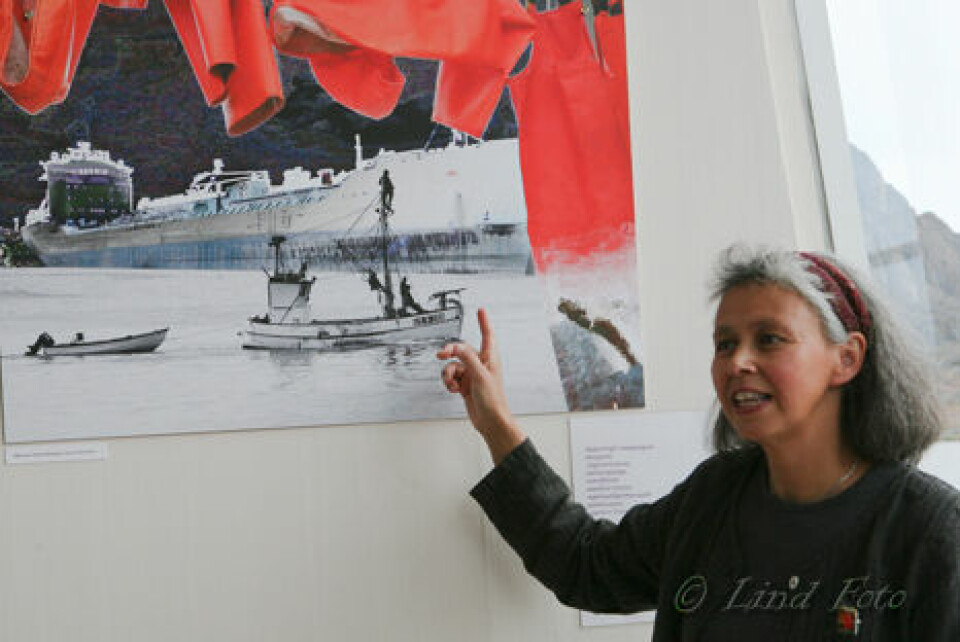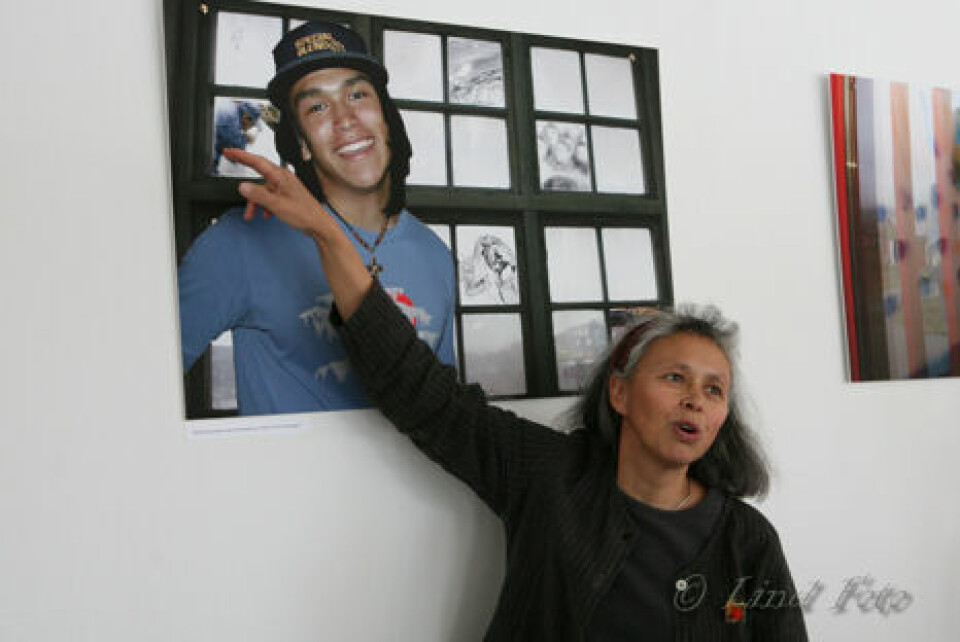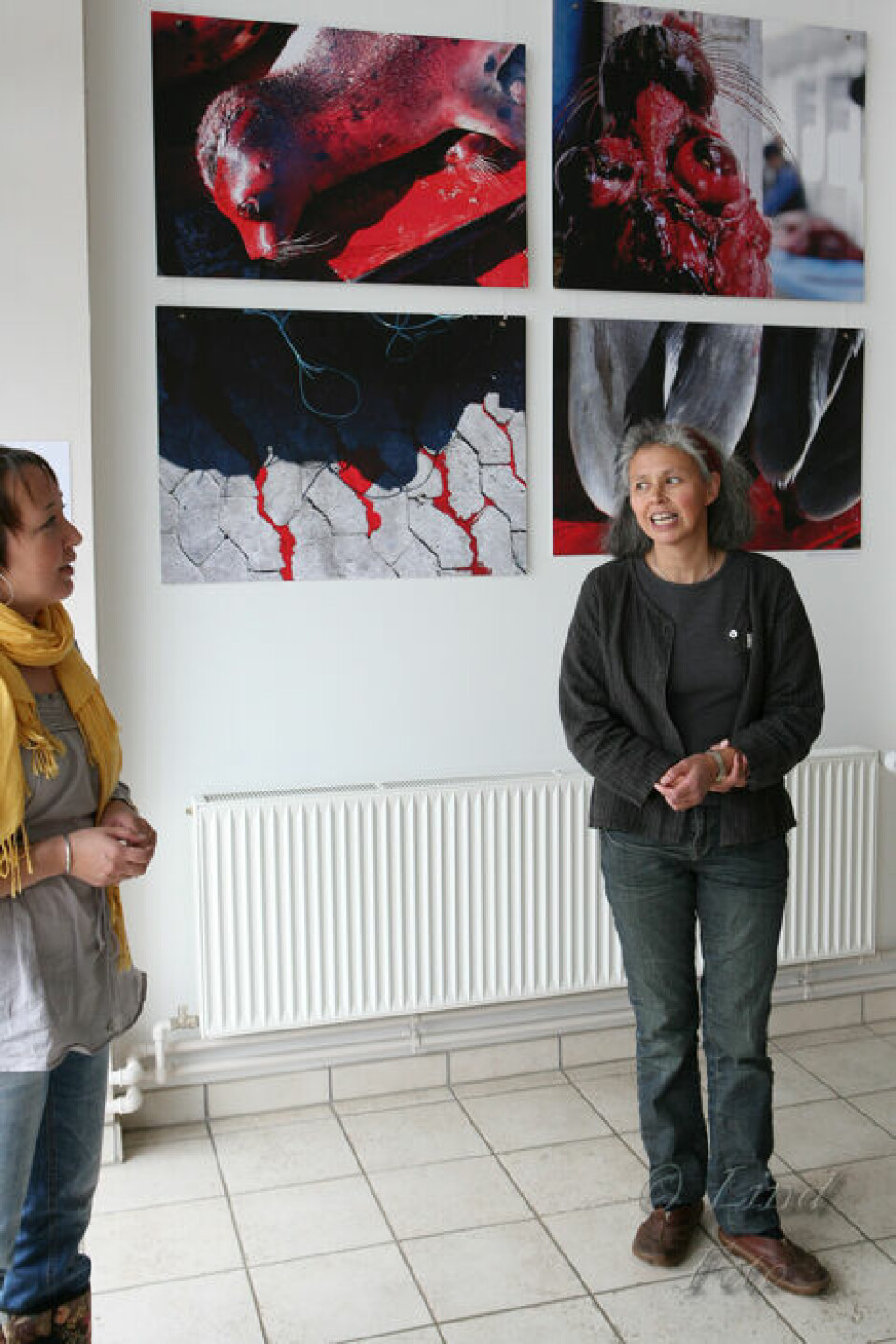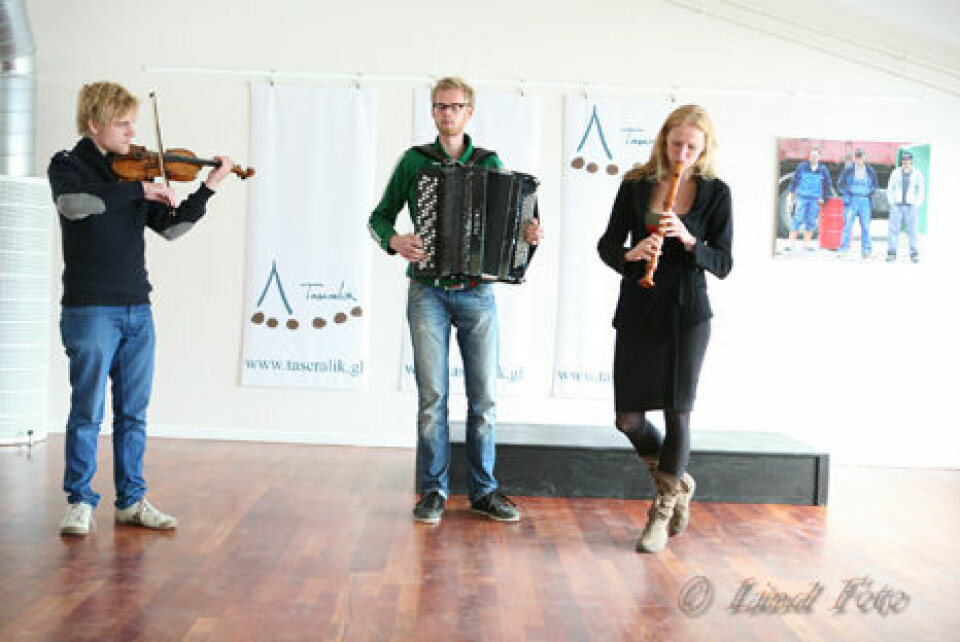Annonce
Se alle jobs
-
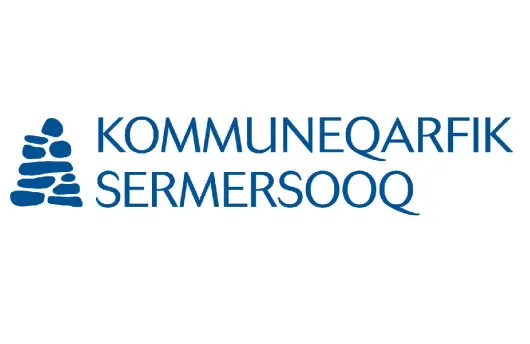
Assisten til Borgerservice i Kulusuk
-
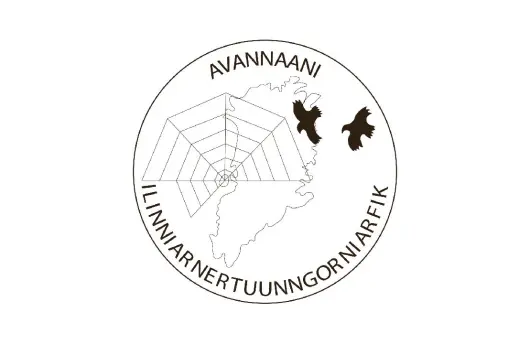
Gux-Aasiaat søger kontorfuldmægtig
-

Familievejleder søges til Børn & Familiecenter Tilioq i Paamiut
-

Plejefamiliekonsulent til Paamiut
-

ADMINISTRERENDE DIREKTØR
-

Vuggestuen Ungaavaraq søger pædagog
-
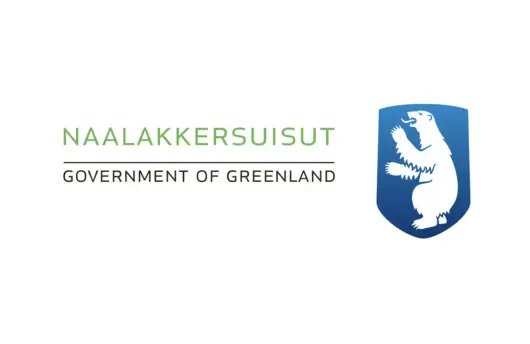
Departementschef til Departementet for Børn, Unge og Familier
-
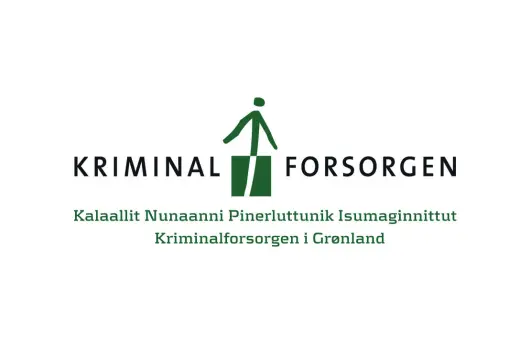
Kriminalforsorgen i Grønland søger driftsansvarlig til varetagelsen af den daglige drift og vedligeholdelse af Anstalten for domfældte i Nuuk.
-

Afdelingen Digital Service i Digitaliseringsstyrelsen søger en digitaliseringskonsulent
-

Kommunikationskonsulent til Arctic Hub
PODCASTI
-

Nuuk Lufthavn giver guld til taxaerne
-

Naja Lyberth: Der er stadig mange kampe at kæmpe
-

Bentiaraq Ottosen: Vi kan ikke undvære udenlandsk arbejdskraft
-

Kaos i lufthavnen – direktøren forklarer sig
-

Stålkvinden er tilbage – men udenfor maskinrummet
-

Voksede op i svigt og misbrug – i dag er han naalakkersuisoq
-

Pride Month: Der er fest på lørdag – men kampen er langt fra slut
-

Jacob Nitter Sørensen efter turbulente måneder:– Det har været hårdt
-

Anna Wangenheim: Sana skal være universitetshospital
-

Ny podcast: Formanden fylder 67 – men giver ikke slip

